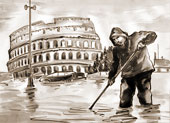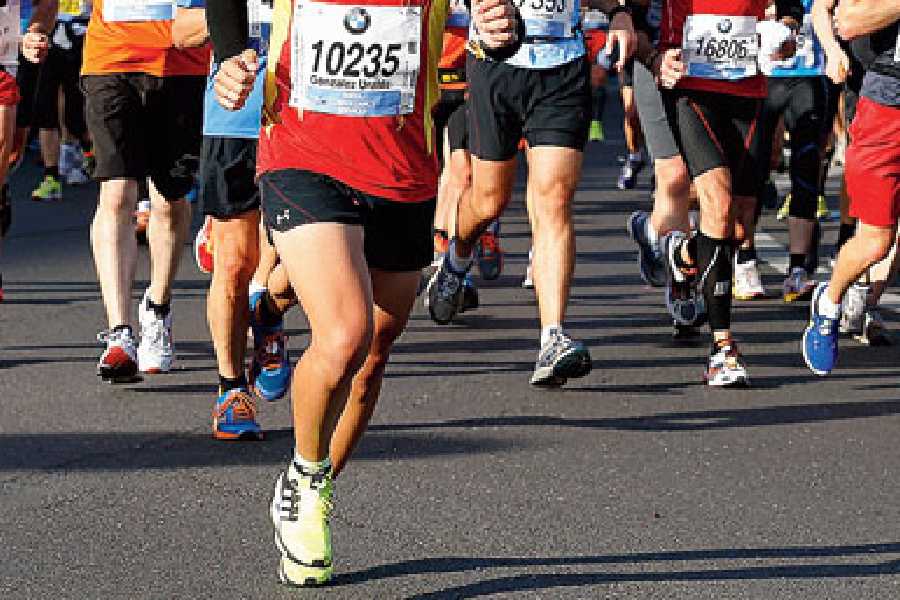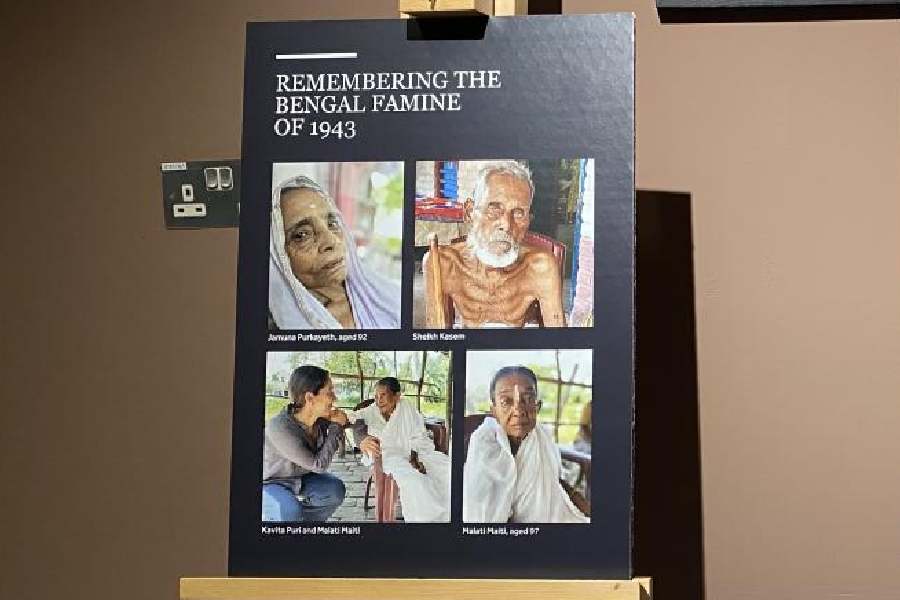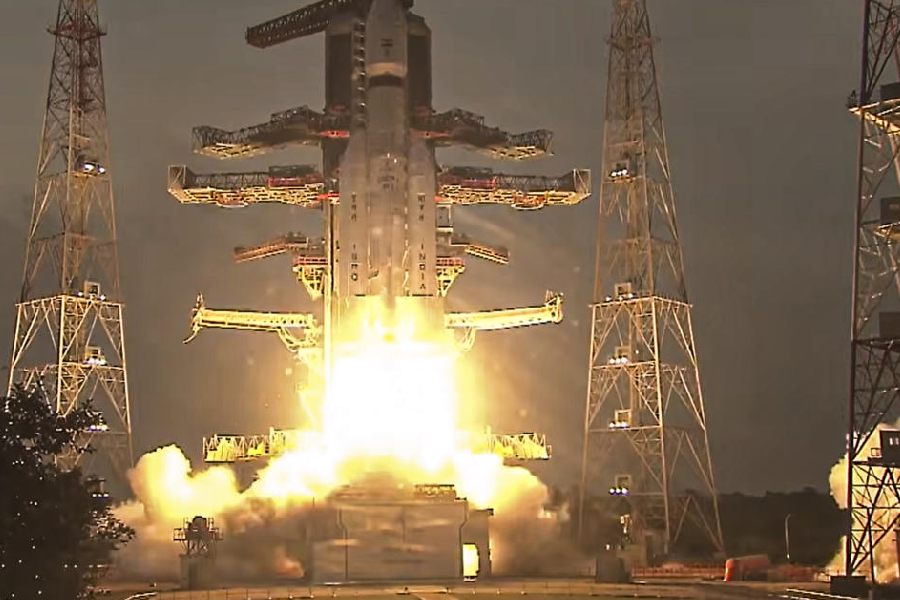 |
When our aircraft began its descent into Leonardo Da Vinci Airport on the western coast of Italy, the sun was setting over the Tyrrhenian Sea. ?Ladies and gentlemen,? the captain?s voice boomed, ?in a few minutes we will be landing in Fiumicino Airport?. Leonardo Da Vinci Airport, better known as Fiumicino, is Rome?s largest airport, located 30 minutes away from the city?s centre.
For a first-time visitor to Rome, this can be a tremendous moment. Just a few hundred feet below the airspace we were navigating, in a haze of pale golden light, was stretched out that ancient land, from which sprung a phenomenon called the Roman Empire, which was to shape the history of the entire Western world. You are prone to transport yourself back in time thousands of years, conjuring up images from history and mythology that have coloured your imagination for so long. Legend has it that it was in the year 753 BC that Romulus, who was raised by a she-wolf, killed his brother Remus to found Rome and become its first monarch.
Somewhere down below lay the grand ruins of the Colosseum. Somewhere down there Brutus killed Julius Caesar. Somewhere down there...
?Can you give me 20 cents?? I was jolted out of my reverie by the Mona Lisa lookalike soon after touchdown. She was a beggar-woman, tall, gaunt with porcelain skin and spoke in accented English. ?For a train ticket,? she explained, as I looked at her, puzzled. I could have sworn a twisted, half-smile formed at the corner of her mouth! I dropped a coin into her in-obsequious, outstretched palm and watched her make her way across to other passengers. It struck me suddenly that there was more to Rome than its ancient past. Though it is essentially its history, art and architecture that draw the foreign tourist here, what hits you in the face is its stark present, which is as devoid of mystery and enigma as day-to-day life in one?s own country. The past is buried under layers of this and if you want to dwell in that past, you have first to wade through this present.
There are striking similarities between life in India?s cities ? whether Calcutta, Delhi or Mumbai ? and Italy?s ? whether Florence, Rome or Pisa. And this while each is as distinct from another as the cities of India.
On the streets of Rome, old, haggard women rummage through piles of garbage picking rags. Some throw small change in their direction. One evening, a man sitting alone and drinking beer at the table next to us in a roadside caf? ordered a half-pizza and handed it to a gypsy woman, who couldn?t sell a single rose that day.
Pedestrians stick out their hands and stop traffic to cross the streets that flood during heavy rains. Cigarette butts are chucked unceremoniously on the road. And there is graffiti. Though in Italian, the writing on the wall is as loud and clear as that which screams out from Calcutta?s buildings.
Italians too love to express themselves in English. Direct translations are as innovative as ours. Of all places, at St Peter?s Church at Vatican City, a signboard pleads, ?Please keep in mind for the ailing and elderly?. It prompts an American tourist, standing behind me in a queue, to comment ?You?d think they?d get a better translator?. Unlicensed hawkers selling bracelets and trinkets, run with their fares if there is a police raid. Just like in Gariahat.
And so it hardly came as a surprise when I heard an American tourist haggling at one of the souvenir shops lining the square at Pisa, which supports the Leaning Tower. She wants to take back an apron with an imprint of David?s torso ? full frontal ? for her daughter. It costs five euros. She wants it for four. ?No, not four, not six, but five,? insists the saleswoman. A compromise is finally reached and it is settled at four euros, fifty cents.
It was in Florence, on a moonlit night of serendipitous discoveries, that I spotted a drunken youth, who found himself a lonely spot by a garbage vat, beside the graveyard, on the Via Nazionale to relieve himself. ?Yes, it happens here too,? laughed Roberto Fardulli, an architecture student, whom I met on this nightly walk. He was part of a large group of students, who after a party at a friend?s house, gathered at a children?s park with guitars and drums. ?The idealism is all dead here,? he tells you, as he strums a few lines of Let It Be. Florence, as the birthplace of the Renaissance, is ?basking in past glory?.
Still, as a foreign tourist you may want to relive the Roman or Florentine past. You may take a leisurely stroll along the banks of the Arno, behind the Uffizi, the museum in Florence that houses some of Europe?s greatest art. And you may wonder if you are standing in the exact spot where Michelangelo and Da Vinci ? whose dislike for each other was notorious ? traded insults, as they allegedly did at least once, standing in a public square. Or you may stand in the small room by the Spanish Steps in Rome, where John Keats died of tuberculosis in 1821, at the age of 26. And with tears in your eyes, you may look desolately out its only window, as the Romantic poet himself must have done many times. But still you cannot get away from the present. Not if you want to really experience Italy as the Italians do.
As I return to India, on the flight with us is Marco Bertotti. He wants to visit the Taj Mahal, of course and rattles off a list of other heritage sites. I realise, I myself have not seen some of them. Is it because we search for the past only in distant places? And in our own land, live for the moment?










